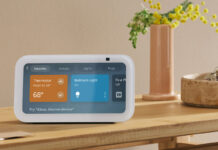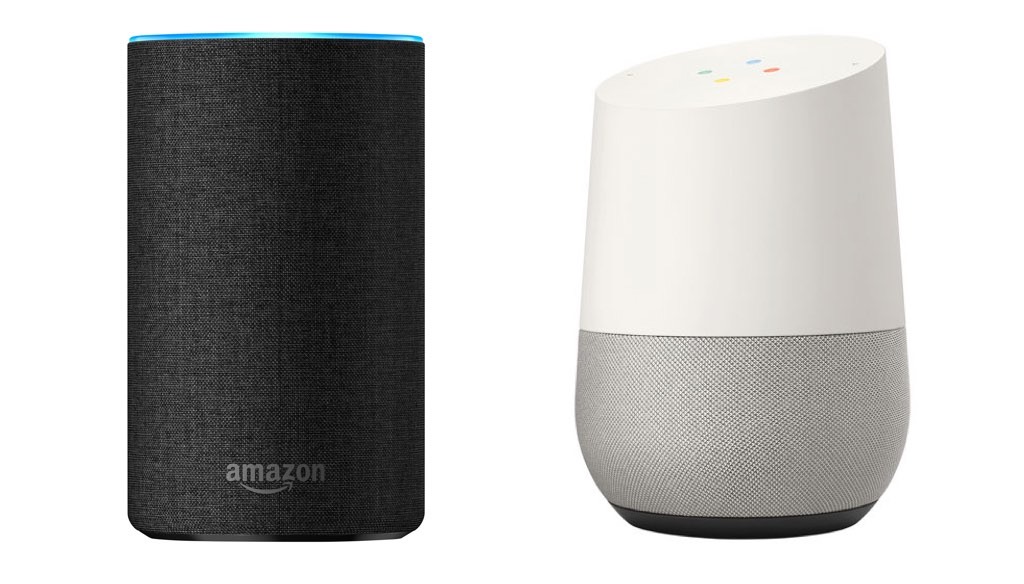 Have you yet ventured into the world of smart voice assistants? If not, does the reason have anything to do with confusion over which model is the best? Perhaps you’re just not too sure how to get the most out of one of these devices? If either of these issues is the case for you, you’ve certainly come to the right place today, because below we attempt to clear up a lot of the confusion surrounding smart voice assistants. We’ll consider the different options available, explore some of the cool things that these devices can do, and help you to figure out how to get the most from your own smart voice assistant. Even if you consider yourself a bit of an expert on these devices, there’s liable to be something below that you haven’t considered before, so keep on reading for all the details!
Have you yet ventured into the world of smart voice assistants? If not, does the reason have anything to do with confusion over which model is the best? Perhaps you’re just not too sure how to get the most out of one of these devices? If either of these issues is the case for you, you’ve certainly come to the right place today, because below we attempt to clear up a lot of the confusion surrounding smart voice assistants. We’ll consider the different options available, explore some of the cool things that these devices can do, and help you to figure out how to get the most from your own smart voice assistant. Even if you consider yourself a bit of an expert on these devices, there’s liable to be something below that you haven’t considered before, so keep on reading for all the details!
Top Smart Voice Assistant Options
When it comes to smart voice assistant options, the two major players in terms of developing the AI software platforms that run the various devices are Amazon and Google.
Numerous other companies (like Lenovo, with their Smart Display) are also in on the game when it comes to providing the hardware devices to run these smart voice programs. But Amazon and Google are the biggest platform developers, and both companies also provide plenty of hardware options themselves in the form of the Amazon Echo and Google Home families of smart voice assistants.
If you’re not familiar with either of these smart assistant platforms, it may be tempting to think that they’re basically just one and the same, but this couldn’t be further from the truth.
In reality, each platform has its own strengths and weaknesses, and where one is better at performing certain types of tasks, the alternative is better at others.
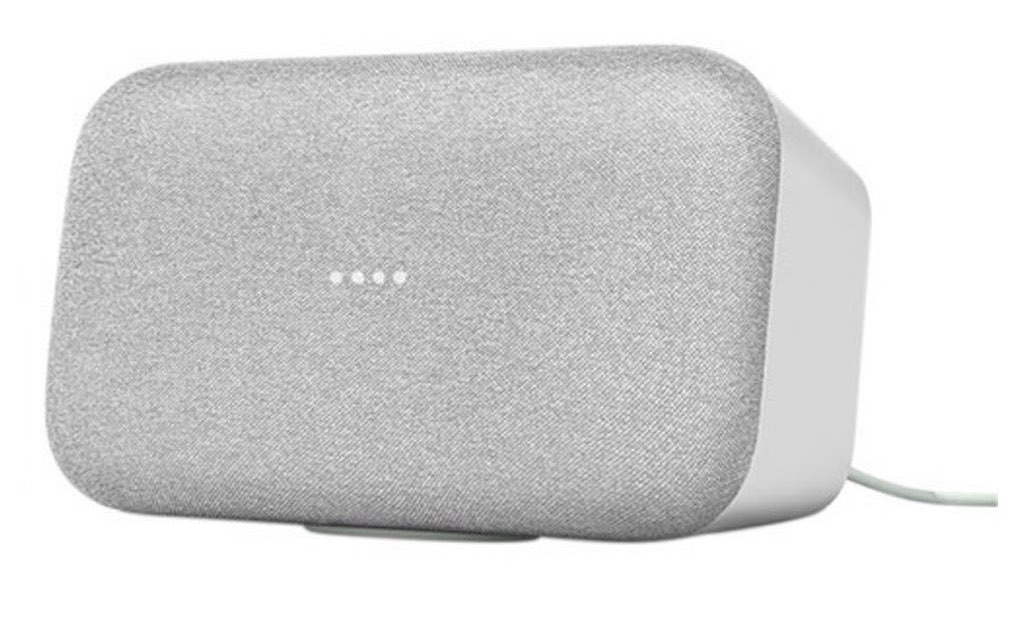
For instance, many people value the Google Home (and particularly the Google Home Max) for the excellent sound quality of its speaker, while others appreciate Amazon’s broader selection of capabilities (particularly its “Skills,” which we discuss in more detail below).
Of course, Google owns and operates the largest and most sophisticated search engine on the internet, meaning that Google has the advantage when it comes to searching for information and/or having your questions answered.
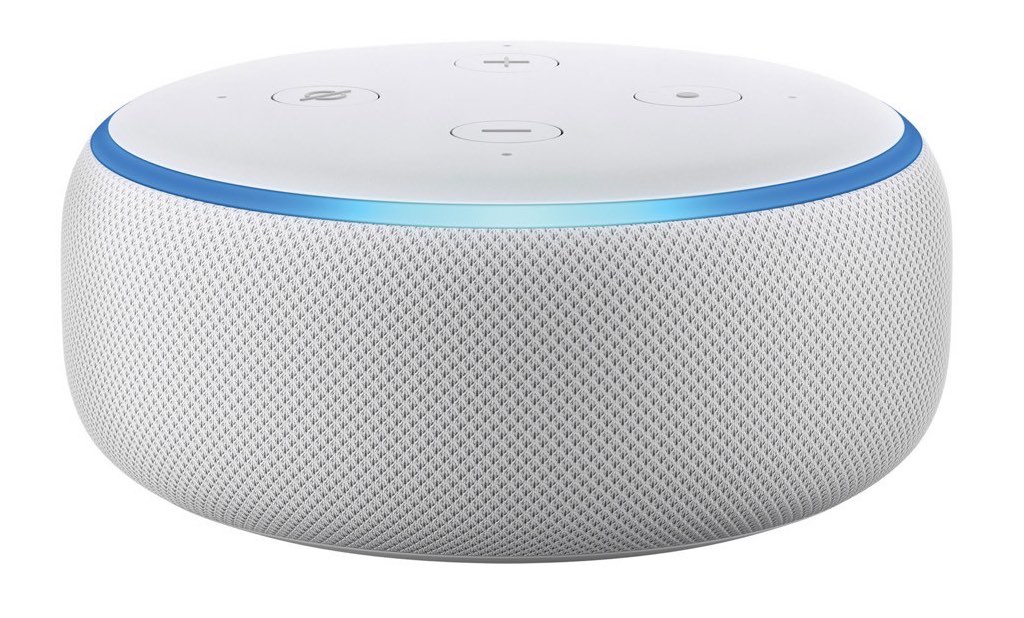
Then again, Amazon’s advanced AI can interpret your questions based on things you’ve asked about previously…
I think you get the idea—both platforms are great and have significant strengths relative to their quickly shrinking weaknesses. In fact, both platforms are capable of working with (and controlling) numerous other smart home products and devices, which is one of the biggest reasons to own such a device in the first place.
What About Placement?
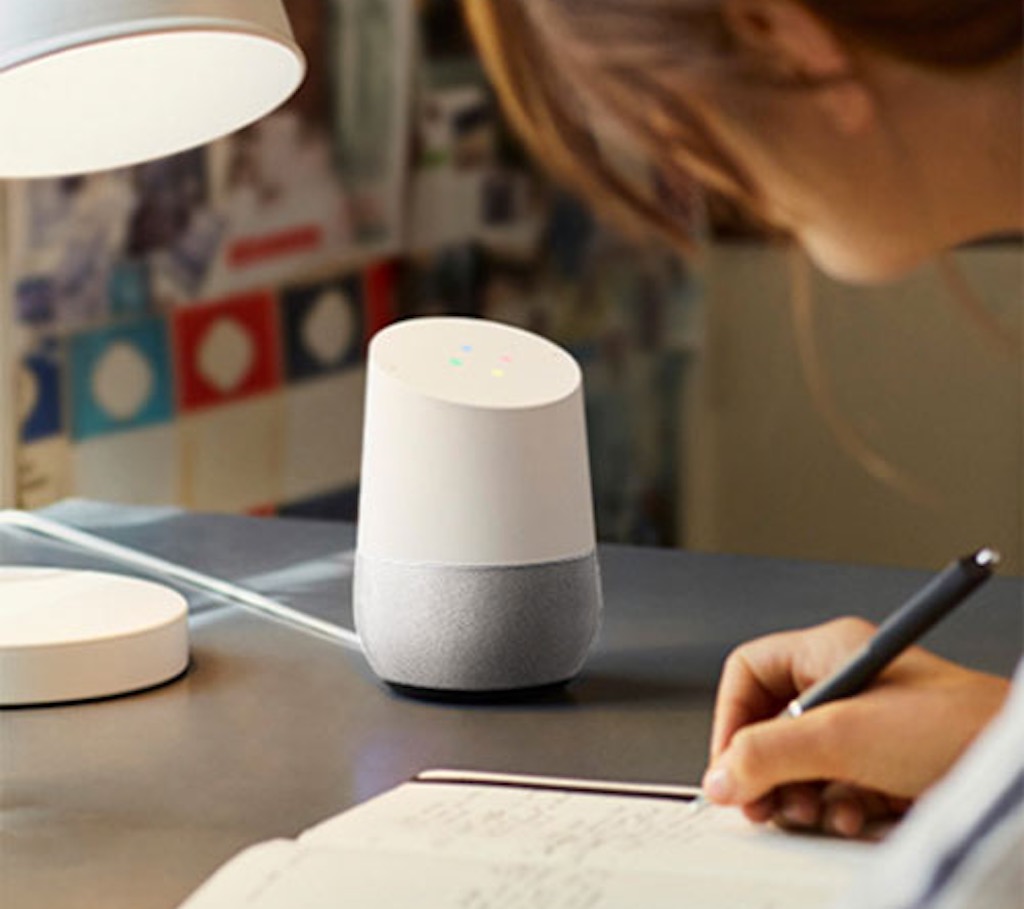
One surefire way of getting the most from your smart voice assistant is by implementing a system of strategic placement. In other words, put the unit where it can be used most effectively.
This type of approach, which is really just common sense, will vary with the individual user. For instance, if you hope to use your assistant to help you find and follow recipes online, it might not be such a good idea to place it in your basement rec room. Place the device in the kitchen for cooking, in the living room (or bedroom) to control your smart lights (or other smart devices), and place it in your home office if you want to use it to make phone calls and send messages.
The bottom line is this—place your smart voice assistant where it can best and most effectively assist you. If this means having to own multiple units for use in different parts of your home, so be it. Many people take just such an approach.
Skills, Devices, and More…
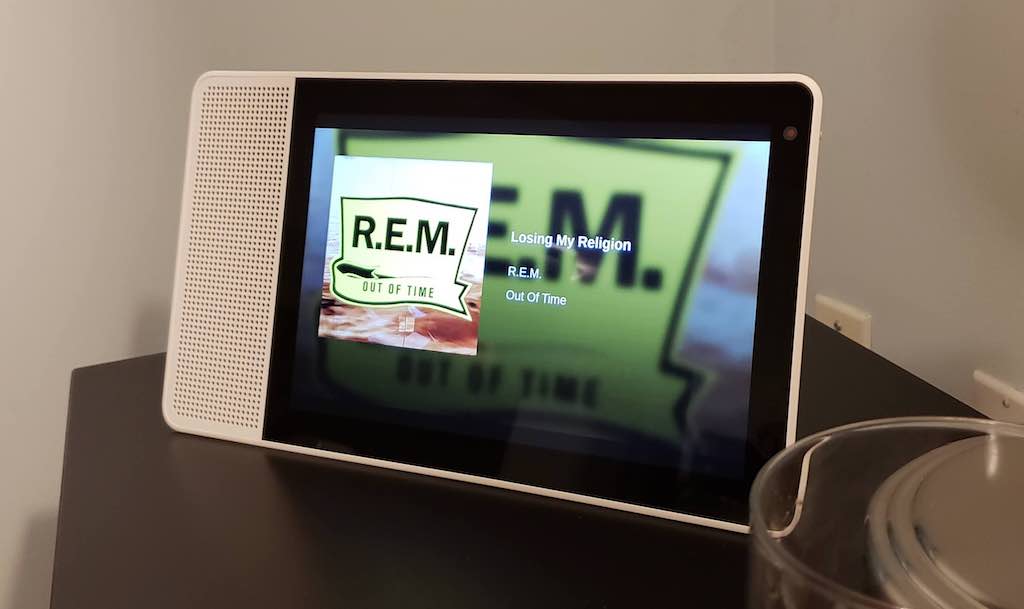
Using your smart voice assistant becomes even more convenient when you begin to add in various Skills and Devices. While Alexa is currently the leader in the area of Skills (essentially a variety of apps that allow Alexa to connect to and control your other devices and perform desired tasks), Google has the high ground when it comes to adding in “Devices” to be controlled through your Google account.
If setting schedules and routines for various tasks and alarms is what most appeals to you, both Amazon and Google have you very well covered there. In fact, you can set up and manage all sorts of different tasks and routines on either platform—everything from controlling when specific lights come on and go off to scheduling adjustments to your thermostat in advance to setting future reminders in your calendar and a whole lot more.
Just Use It!
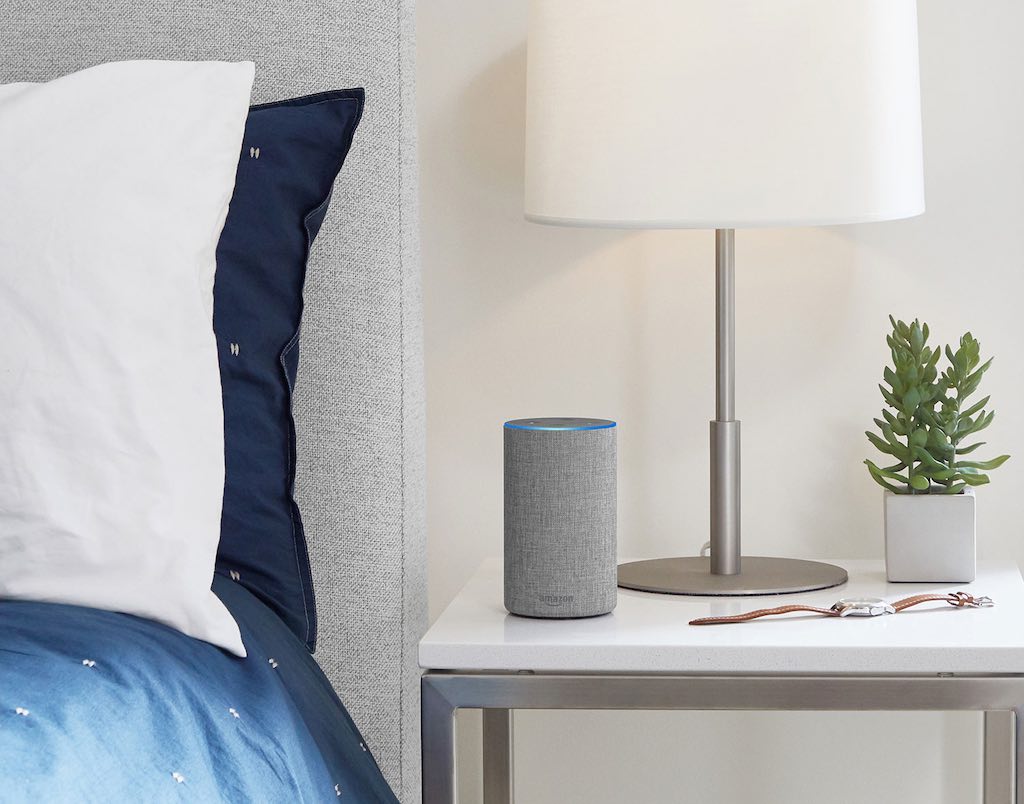
The final point I want to make is simply that you must get into the habit of using your device regularly. The more you use your smart voice assistant, the more you’ll learn about its many capabilities, and the more you’ll find yourself appreciating its usefulness and wanting to make more and more use of it every day.
Doing routine tasks such as setting timers, playing music, shopping online, and controlling your other smart home devices will help you to see and appreciate just how much your device can do for you, and this will help you to see your assistant as more of an indispensable helper.
As you can see, smart voice assistants aren’t nearly as intimidating as one might first think, and the ways in which they can help you are difficult to number. If you’re ready to add smart voice convenience to your life, visit Best Buy Canada today and check out their complete selection of Smart Voice Assistants and Accessories.
(Note: I did a hands-on review of the 8″ Lenovo Smart Display just a few months back. Check out that review when you have a little time.)


